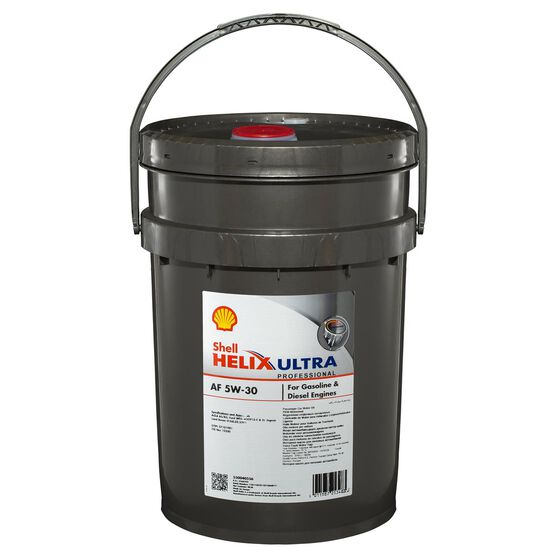
Shell Helix ultra professional AF 5W-30 (синт) 4L oil engine 550048695 - AliExpress Automobiles & Motorcycles

Shell Helix Ultra Professional AF 5w-30 Fully Synthetic Engine Oil - 550040278-5 Litres- Buy Online in Burkina Faso at burkinafaso.desertcart.com. ProductId : 47968461.
Синтетическое моторное масло SHELL Helix Ultra Professional AF 5W-30 — купить по выгодной цене на Яндекс.Маркете





















